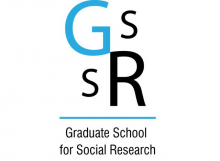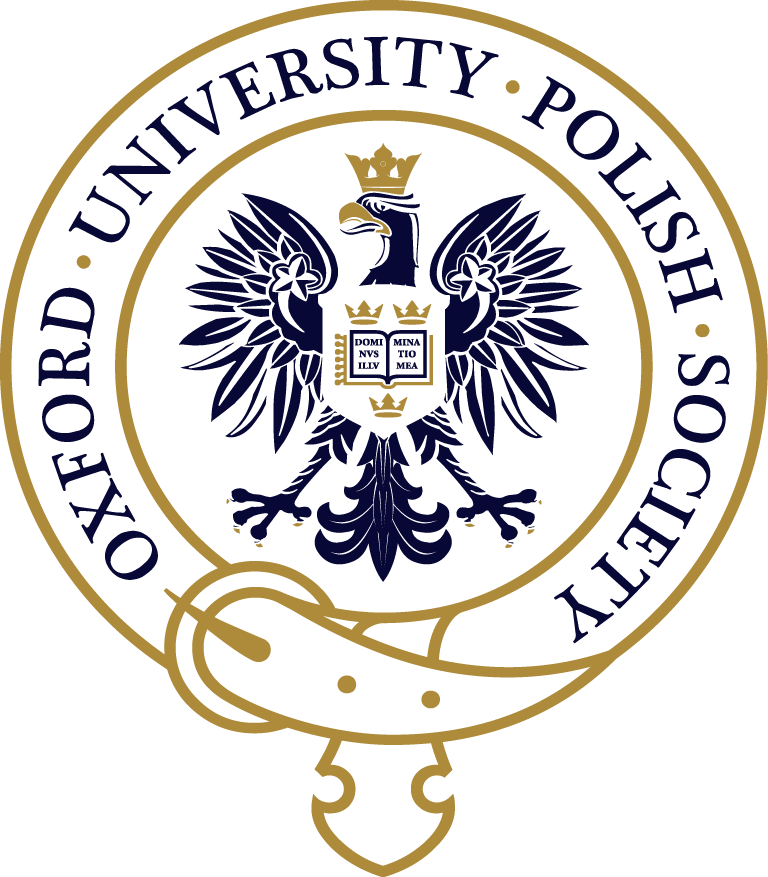Jerzy Grotowski
Polish avangarde theatre director

“When he was asked, what was the difference between a movie, television and theatre, his answer was: a direct, active relationship between an actor and a spectator. He reduced the division between stage and audience- he got rid of decorations and focused on actors exclusively. He was able to create an ocean from a floor, a confessional from a table and a magical place from an abandoned, forgotten ruin called theatre.”
Grotowski - born on the 11th of August 1933 in Poland.
Grotowski was born in a well educated family. His mother was a teacher and his father had never-fulfilled artistic aspirations as a painter and sculptor. In 1939, at the beginning of WWII, Jerzy’s father became separated with his family, then joined Polish Forces in Western Europe. After the war he settled down in Argentina and Paraguay, never to be reunited with his family, although he corresponded with his son. In 1955 Jerzy graduated from Theatre Academy in Cracow, where he studied acting, followed by a spell in Moscow’s famous State Institute of Theatrical Arts (GITIS in Russian) and more studies in the Cracow Academy. His interests and tasted took him very far away from traditional theatre. At the end of the 1950s, Grotowski became a director of one of the Polish theatres - “Teatr 13 Rzędów” (“Theatre of 13 Rows”), the name which he afterwards changed to „Theatre Laboratory of 13 rows”. What he wanted to achieve was theatre as the place where spectators become participants and experience sacrum and catharsis. The performances of Laboratorium evolved from regular, if radically avantgarde, theatrical plays into spectacles that aimed at touching the deepest psychological layers. As time went by, fewer and fewer people were allowed to take part in those mysteries. At the end, no one was allowed to to be a part of those plays.
He introduced the idea of the Poor Theatre - free of unnecessary decorations, trinkets, costumes and paraphernalia. He focused only on performance- on the relationship of the actor and the viewer, on a true, deep, inner experience.
As a great artist, he had a major group of adherents, but at the same time he was very harshly criticised for the iconoclastic character of his creations. When Catholic Church protested after the staging of ‘Apocalypsis cum figuris” a parable of Christ’s return to the world, Grotowski gradually lost interest in this theatrical project, moving to Parateatr: an experimental melting pot of psychology, theatrology, anthropology and religion.
Parateatr aimed at teaching and creating few forms of theatre. While in „Apocalipsis cum figures” he only made a distinction between active and passive participants; in the new program established in 1973, the divisions between active and passive participant were to vanish. He wanted everyone to create. The reviews of people who had participated in those sessions spoke of totally magical transformations. This catalysed the spread of his projects all around the world. In countries such as USA, France, Austria, Australia, Italy, Switzerland, Germany, Canada or Poland, thousands of people were eager to become a part of those events, Grotowski made for himself a reputation of a great innovator, and master magician, an opinion greatly enhanced by his interest in Taoism, and oriental philosophy.
Grotowski often took his Parateatr abroad, organising training sessions for actors and directors in many countries all over the world.
He was creating a tension between the actors and the audience through motion, voice and singing. He looked for common sensitivity in peoples' behaviour and their rituals all around the globe. He travelled extensively to study such primitive theatrical manifestations as were to be found in some remote parts of Poland but also South America ,India, Haiti - he was trying to discover ancient techniques of ritual and drama that might be common to raw, unformed humanity. Those expeditions called “The source” attracted followers from the whole world and consolidated his standing of theatrical guru and sage rather than a director. His work was more and more aimed at what was taking place in the creative process, individual or collective.

In 1981, when the Polish government, then under Communism, proclaimed the martial law, he emigrated to the United States where he became a professor at California University. In 1984, after the dissolution of his theatre group, he moved to Italy where he began the last stage of his exploration. It was now “Art as a Vehicle” by which he meant the ability of art to carry the participants into another reality. He was working on the laboratory conditions, where his students were pushed to their physical and mental limits. He wanted to get rid of symbolism and to be able to involve the spectator with his emotions so that he could become an actor himself. The“Actions” in which this work manifested itself were not meant for viewing. In Grotowski’s final concept “Art as vehicle” was to transform the reality of performer himself and did not need audience. Only gradually did he agree to recording of “Actions” but would not allow any viewing unless he – or his close collaborator Thomas Richards - was himself present.
Grotowski has also been renowned as a lecturer in the philosophy and inner reality of theatre. He lectured worldwide, and in 1997 College de France set up a special institute dedicated to his work where he taught until his death in 1999.
The Guardian’s journalist Martin Esslinas once called him “One of the great innovators and seminal influencers of the modern theatre, on the scale of Stanislawski, Gordon Craig, Artaud or Appia, an eccentric genius who managed to emerge from the restrictive world behind the Iron Curtain into the full glare of world fame”.
“It is all about the theatre, consciously influencing the viewer. And that influence travels through your heart into your mind. It creates strictly practical consequences: while working on a piece, all of the fragments of the action shall be purposely touching on the viewer's emotions in such a way that would be most appropriate for those great feelings which we are currently trying to unleash.”
Bibliography:
- Institute of Jerzy Grotowski (27.03.2011), Internet. Available from: http://www.grotowski.net/encyklopedia/teatr-zrodel (Accessed on 03.02.2018)
- JB redaction of NINATEKA, Internet. Available from: http://ninateka.pl/artykul/jerzy-grotowski (Accessed on 03.02.2018)
- Monika Mokrzycka-Pokora (10.2002), Internet. Available from: http://culture.pl/pl/tworca/jerzy-grotowski (Accessed on 03.02.2018)
- Martin Esslin (20.01.1999), Internet. Available from: https://www.theguardian.com/news/1999/jan/20/guardianobituaries (Accessed on 03.02.2018)
If you want to read more:
- https://www.britannica.com/biography/Jerzy-Grotowski
- A interview with Jerzy Grotowski in Polish: http://ninateka.pl/audio/rozmowa-radiowa-z-jerzym-grotowskim-1975-polskie-radio-wroclaw













